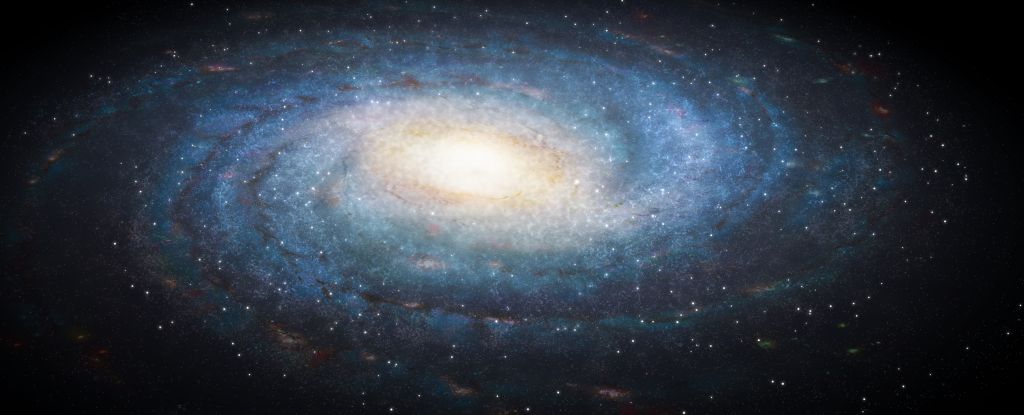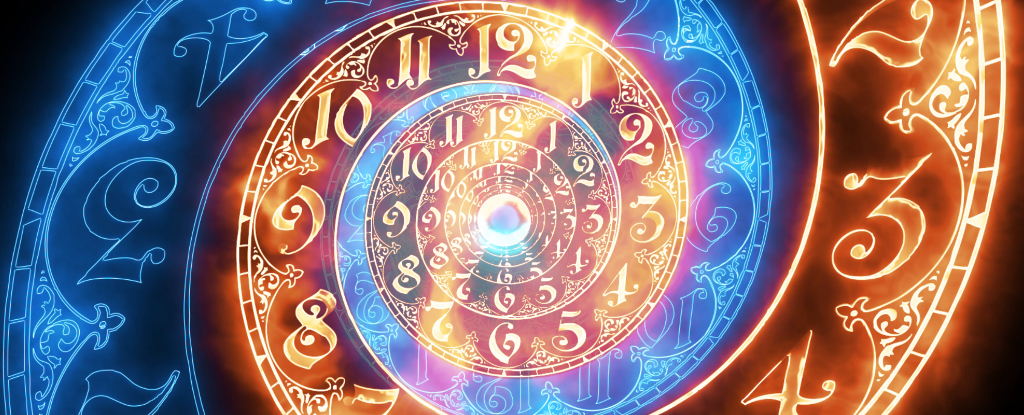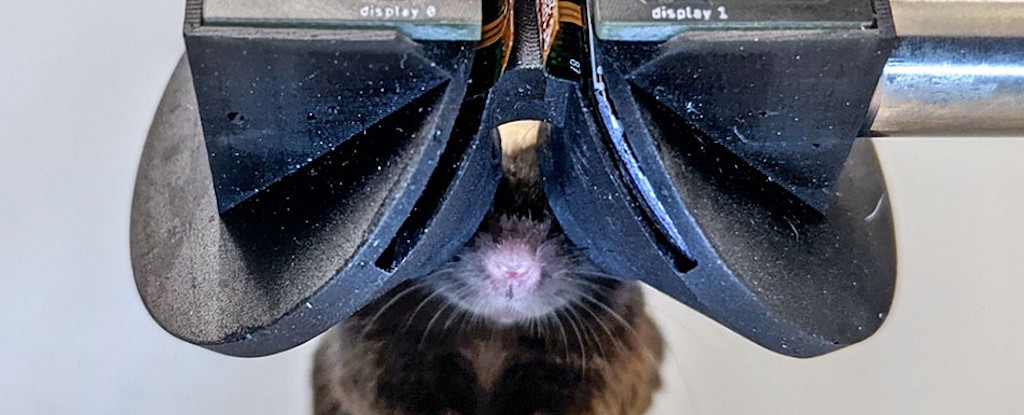Generating life out of an organic soup is a complicated business. You need a whole bunch of ingredients, all together in the same place, in the right conditions.
While the precise conditions might be is still a matter of debate, we have a decent idea of which items on the periodic table are required.
One critical ingredient – phosphorus – has just been found on the outskirts of the Milky Way galaxy; one of the last places scientists expected to see it. That’s because the kinds of huge stars responsible for the creation of phosphorus aren’t generally found out there.
“To make phosphorus, you need some kind of violent event,” says astronomer and chemist Lucy Ziurys of Arizona State University and Steward Observatory. “It is thought that phosphorus is created in supernova explosions, and for that, you need a star that has at least 20 times the mass of the Sun.”
So goes the conventional wisdom, anyway. The discovery of phosphorus far from any massive stars or supernova remnants suggests that there may be some other means of forging the life-crucial element.
Almost all the elements you see around you are made by stars. When the Universe’s first atoms congealed from the primordial plasma, they predominantly took the form of hydrogen and a bit of helium; all the other stuff didn’t come along until stars did. These brilliant orbs of fire and fury are more than lights in the velvet darkness; they’re atom-smashing machines, fusing elements together in their cores to build heavier ones.
But the elements a star produces depends on its mass. Stars the size of our Sun and smaller can facilitate fusion reactions that build lightweight elements like lithium and berylium as they fuse hydrogen and helium. Another form of fusion can take place in much larger stars which can result in elements like oxygen and nitrogen.
Phosphorus isn’t on either stellar fusion chain; but one way it is known to form is during supernova explosions.
There’s another benefit to supernova explosions, which only happen to stars of high mass: they blast elements into space, seeding the interstellar medium with heavy ingredients that are taken up by new generations of stars, and other objects such as comets and planets.
But massive stars can only form in regions where there is enough material to feed them. Matter gets sparser the farther you go from the center of the galaxy, so massive stars aren’t expected to be able to form on the outskirts. This makes the discovery of phosphorus in a cloud known as WB89-621 some 74,000 light-years from the heart of the Milky Way a big dang puzzle.
“The phosphorus we detected is at the edge of the galaxy, where it shouldn’t be,” says chemist Lilia Koelemay of Arizona State University. “And so that means that there has to be some other way phosphorus is created.”
There are two leading explanations. One is the galactic fountain. This is a model that proposes elements are transported from the inner regions of the galaxy to the outer regions by supernova explosions that blast material out of the galactic disk to the halo, where it cools and rains back down.
This is unlikely, the researchers say; there’s scant observational evidence for galactic fountains, and they wouldn’t transport the material particularly far anyway.
But there’s another possibility. A few years ago, astronomers found that less massive stars could produce phosphorus, too. Not in an explosion, but in the region just around their core through a process known as neutron capture. There, isotopes of silicon could snare extra neutrons to form phosphorus.
The discovery of phosphorus far from the source of any supernova suggests that this model may be onto something.
And this is really exciting news, because phosphorus is the last of the so-called NCHOPS elements – nitrogen, carbon, hydrogen, oxygen, phosphorus and sulfur – to be identified in the galactic outskirts.
“For a planet to be habitable to life as we know it, you have to have all the NCHOPS elements, and their presence defines the galactic habitable zone,” Ziurys says. “With our discovery of phosphorus, all of them have now been found at the edge of the galaxy, which extends the habitable zone all the way out to the galactic outskirts.”
Astronomers haven’t really considered the galactic outskirts in the search for extrasolar life because they thought there wasn’t enough phosphorus out there. This discovery means we can widen the search.
“We hope that the detection of phosphorus at the edge of the galaxy may motivate studies of distant exoplanets,” says chemist Katherine Gold of Arizona State University.
The research has been published in Nature.





